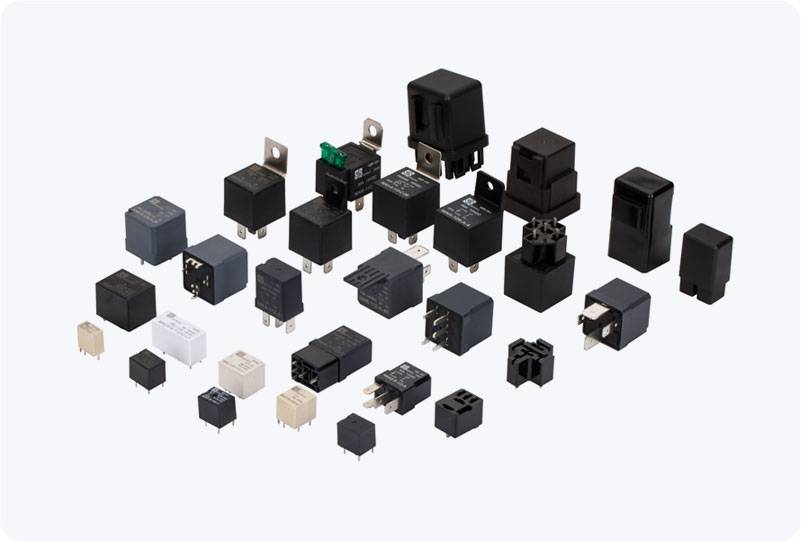In the ever-evolving field of electrical engineering, the need for efficient, reliable, and long-lasting switching solutions has led to the development of Solid-State High-Voltage (HV) Relays. These advanced electronic devices are revolutionizing the way high-voltage circuits are controlled, replacing traditional electromechanical relays and offering numerous benefits in terms of performance, reliability, and maintenance.

What is a Solid-State HV Relay? A Solid-State HV Relay is an electronic switching device designed to control high-voltage circuits without the use of mechanical parts. Unlike traditional electromechanical relays, which rely on physical contact points to open or close circuits, Solid-State HV Relays use semiconductor components such as thyristors, triacs, or MOSFETs to switch the high-voltage load. The absence of moving parts not only eliminates the mechanical wear and tear associated with traditional relays but also reduces the risks of electrical noise and contact arcing, making these devices far more reliable and efficient.